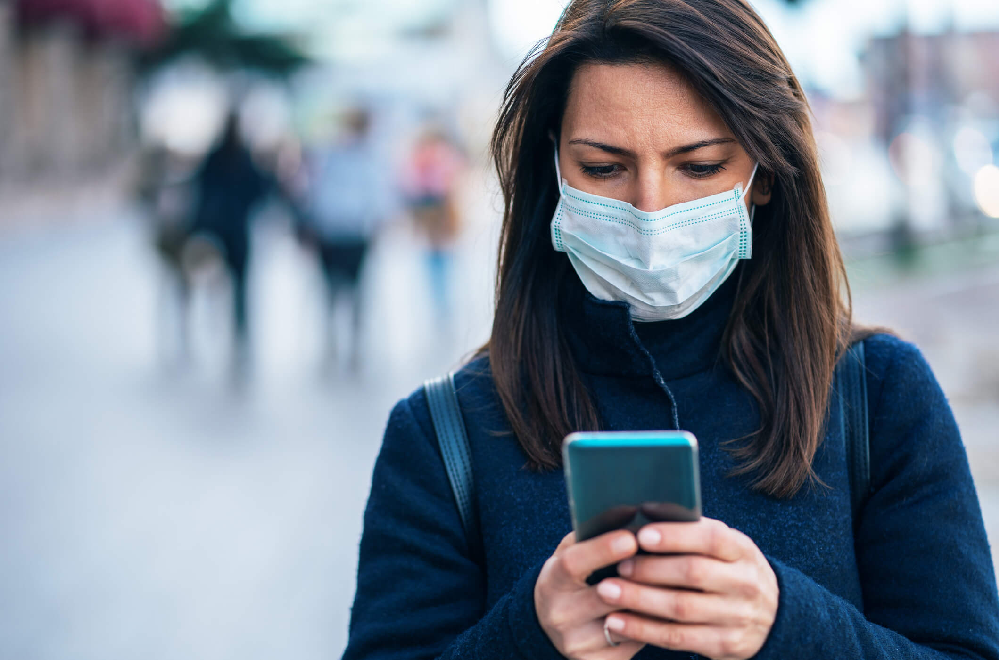Interesting Facts About Lifeline Assistance Program

Before you jump to the conclusion that Lifeline is a scam, there are some facts that you should know about the program. Lifeline is a subsidy program for low-income Americans funded by the Universal Service Fund. It is administered by AT&T and has undergone two significant reforms.
Funded by Telecom Giants
The federal government’s Lifeline Assistance Program subsidizes subsidized phone service for low-income Americans. A lot of broadband providers, like enTouch Wireless, take part in the scheme. Lifeline offers a $30 or $75 benefit each month for those who qualify. However, some folks lack the resources to use this service.
The Lifeline Assistance Program is funded through the Universal Service Fund. It provides a monthly discount on home Internet service, cell phone data plans, and phone services to those who qualify. The program is available to low-income households below the federal poverty level. The USF funds the program through fees and contributions from the telecommunications industry.
Subsidy for Low-Income Americans
According to a recent Washington Post feature, 33 million households in the US qualify for Lifeline service. However, participation in the program has been on the decline over the past four years. SNAP and Medicaid eligibility determine whether a household qualifies for Lifeline. Those with incomes under 135 percent of the federal poverty level are eligible for Lifeline.
Lifeline is a subsidy program for telephone service that helps financially strapped households afford basic telephone service. This program is available to individuals in every state, commonwealth, and territory in the United States and to individuals living on federally recognized Tribal lands. To qualify, an individual must earn less than 135% of the federal poverty level, be on specific federal assistance programs, or be a federally recognized Tribal tribe member.
Funded by the Universal Service Fund
The Lifeline Assistance Program provides a discount on telephone service for qualifying low-income consumers. The Lifeline program is funded by the Universal Service Fund and is available to low-income residents in every state and territory. This program supports broadband Internet service and broadband-voice bundles. However, consumers must have only one Lifeline service in their household.
The FCC established the Universal Service Fund to provide assistance for telecommunications services and facilities. The fund supports broadband services in high-cost areas, rural healthcare providers, and low-income consumers.
Undergone Two Significant Reforms
The Lifeline Assistance Program has undergone two significant changes in the past few years. The first was a refocus of Lifeline support on broadband service, allowing low-income Americans to use their subsidy to purchase a high-speed internet connection. The second reform focused on combating fraud and opening the bidding process for broadband providers to offer subsidized packages.
The Lifeline Assistance Program was initially implemented by the Federal Communications Commission (FCC) in 1985. The original program provided subsidized phone service for low-income Americans. Since then, the program has expanded many times, introducing new services like broadband. Nevertheless, it has been criticized for fraud for years.
Recertification Requirements
Each year, participants of the Lifeline Assistance Program must recertify their eligibility and compliance with the program’s rules. This recertification process is self-certification, so no supporting documentation is required. Some Lifeline participants may have to recertify more than once a year.
Recertification requirements are different for every state. States must have a system to prevent duplication of federal Lifeline support. Each state must also provide information on all eligible telecommunications carriers receiving low-income support from the program. Recertification is complex, but it’s essential for a successful program.
Eligible telecommunications carriers must maintain records of their subscribers’ eligibility. In addition, carriers must ensure that subscribers are enrolled in Lifeline. Recertification requirements must also include information regarding de-enrollment procedures, which must occur within two business days of a request.
Lifeline assistance is a government program that supports broadband Internet service and voice bundles for low-income consumers. Lifeline is administered by the Universal Service Administrative Company (USAC), which helps consumers understand their eligibility and apply for the Lifeline program. The Lifeline Assistance Program is available in every state, commonwealth, and Tribal land.
The Lifeline Assistance Program requires service providers to provide reports every year. These reports must be filed with the Office of the Secretary of the Commission, the Administrator, and the appropriate state or U.S. territory authority. These reports should be submitted to the Commission no later than July 31 of the following year.
Application Process
Lifeline Assistance Program is an important program that helps consumers in times of crisis, such as pandemics and other disasters. This program provides free telephone and broadband Internet service to eligible consumers. It does not de-enroll consumers during the pandemic and is available in every state and commonwealth. Consumers must apply for this program and provide the necessary documentation to get a free Lifeline phone or broadband Internet service.
Lifeline applications are accepted at the Lifeline Support Center in the United States. Applicants can submit their applications online or via regular mail. Applicants must complete an application form and sign or initial a statement of agreement to qualify for the program. Applicants must be at or below the federal poverty level and provide all required documentation.
The Lifeline program offers qualifying low-income consumers a free or discounted phone or broadband service. The program is administered by the Universal Service Administrative Company. This organization will help low-income consumers apply for Lifeline service. In addition, they will help them stay current on their Lifeline benefits. However, it is essential to note that Lifeline service is only available to households living at the same address.



